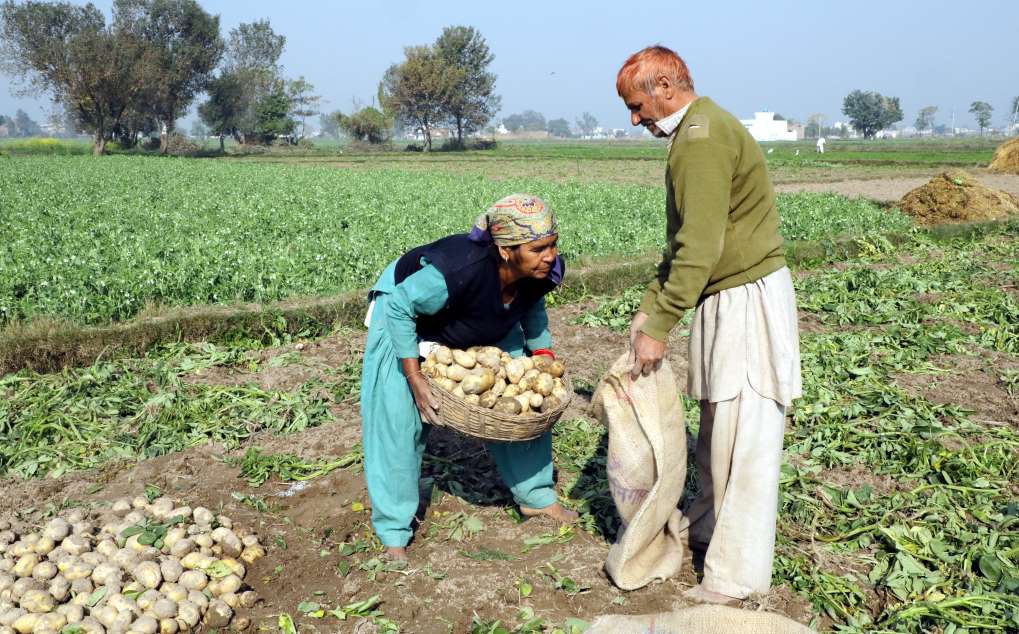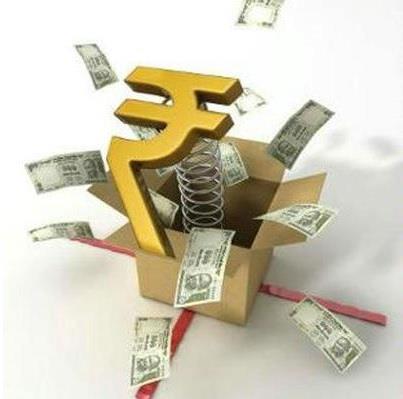April 15, 2018

Exactly a year ago, farmers across the state had gone on a similar strike that had crippled essential supplies – Getty Images
April 15, 2018

Exactly a year ago, farmers across the state had gone on a similar strike that had crippled essential supplies – Getty Images
Farmers in Maharashtra are gearing up for a fresh round of protests, with a number of groups giving a call for strike in June. Exactly a year ago, farmers across the state had gone on a similar strike that had crippled essential supplies. Vegetables and fruits were stopped from reaching the urban centres while dairies complained of dip in collection as farmers refused to supply milk.
After several rounds of discussions with the protesting farmers, the state government had finally agreed to some of their demands, following which the strike was called off. One of the immediate impacts of last year’s strike was the announcement of Rs 34,000-crore loan waiver in the form of the Chhatrapati Shivaji Maharaj Shetkari Samman Yojana. The procurement price of milk was increased to Rs 27 per litre, while, in response to the demand for implementation of the M S Swaminathan Commission report that had recommended that farmers receive at least 1.5 times their production costs, a special commission was announced to ensure that farmers get decent returns for their produce.
But within a year, farmers are ready to start an agitation once again. A group claiming to have the support of more than 30 organisations has called for a farmer’s strike from June 1. Here are some of the issues that have led to the farmers’ agitation.
Loan waiver
The loan waiver announced by the state government was supposed to wipe off outstanding loans of farmers since 2009. This was the second loan waiver in the state, the previous one having been implemented by the Congress-NCP government in 2007-08. The scheme has been facing teething problems right from the start, mainly on account of over-reliance on technology.
To submit their claims for loan waiver, farmers had been asked to fill up online forms, which was to be authenticated by cooperative department using similar data entered by the banks. Technical glitches, and the dependence of many farmers on local officials to fill up these forms, have led to delays in the process. The government had announced that loans worth Rs 23102.19 crore in 46.34 lakh farm loan accounts would be waived. Till March 6 this year, banks have been able to complete this process only for 35.68 lakh accounts, worth a total of Rs 13,782 crore.
The delays in completion of loan waiver scheme has impacted disbursement of fresh farm loans for the current season. A number of ineligible farmers had defaulted on their loans, hoping their loans would also be waived off. Because of their defaults, they are finding it difficult to obtain fresh loans.
There has been an almost 40 per cent drop in crop loan disbursement for this season, and a 28 per cent rise in lending by money lenders. What is likely to further delay the loan waiver scheme is the state government’s acceptance of the demand of tribal farmers who had marched to Mumbai last month to extend the cut-off date of loans to 2001.
Prices
The biggest worry of the farmers right now is the low prices their produce is fetching in the market. Barring soyabean, whose season is long over, not a single commodity is trading at government-specified Minimum Support Price (MSP). In the case of perishables like fruits and vegetables, the situation is worse. Rabi tomato, which sells at the rate of Rs 10 a kg, is now trading at Rs 1-2 per kg at the markets of Narayangaon and Junnar. Onions, which till recently were fetching Rs 20 a kg at wholesale markets, are now priced at Rs 6 a kg. Farmer leader and Swabhimani Paksha MP Raju Shetti says the present price slump is the worst he has seen in the last 20 years.
The reasons for low prices are several. In case of important rabi crop like chana, the held over stock of the last two years, and a lack of market confidence, has brought about the slide. A crop like tur, which has reported lower sowing than last year, is also trading over Rs 1,200 per quintal below its MSP as the state tries to deal with the held-over stock. In fact, it is estimated that that farmers in the state have lost over Rs 1,067 crore by selling tur below MSP this season.
Government procurement, often the panacea for low prices, has not helped much.
Milk and sugarcane
Last year, the government had increased the procurement price of milk from Rs 24 to Rs 27 per litre. Dairies are, however, barely able to pay Rs 20 per litre to farmers owing to a glut of milk powder in the market. Sugar prices are on a steady fall which has made mills default in their payment. There are over Rs 2,200 crore in dues by the mills to cane farmers.
The result has been that farmers are staring at another debt trap. With no immediate relief expected from the market, and government interventions inadequate, the farmers find themselves with no option but to start a fresh agitation. Their demands are no different from the last time — assured returns on their produce and a full loan waiver. So close to an election year, they hope to force the government to listen to their demands.
Courtesy/Source: Indian Express







































































































